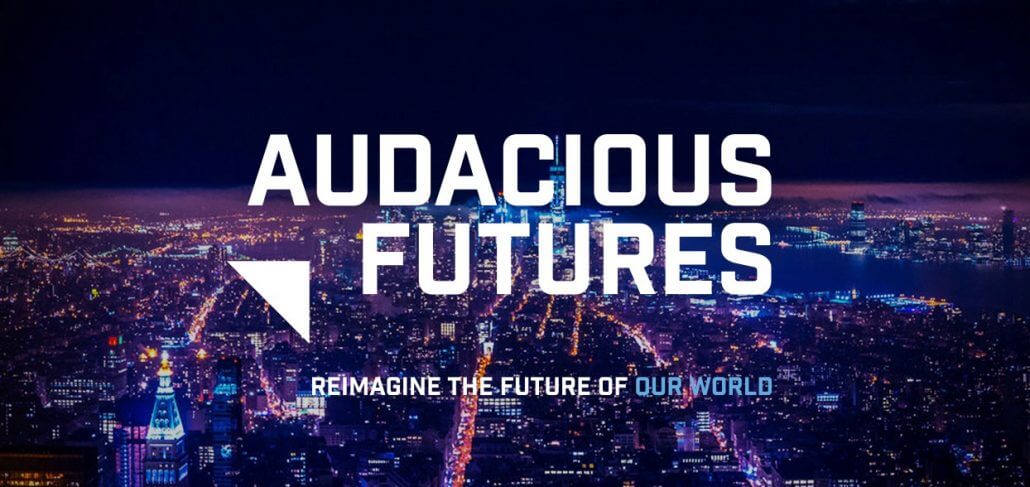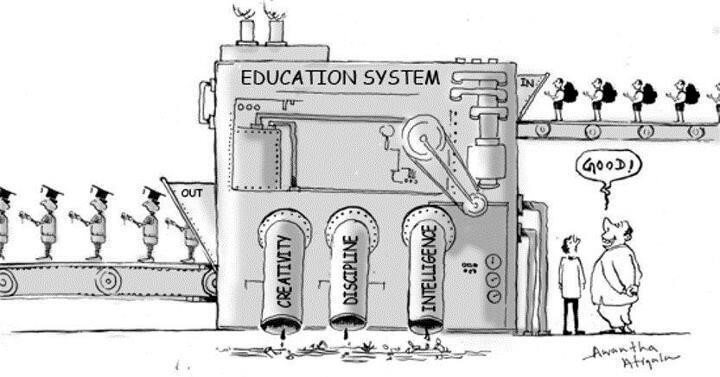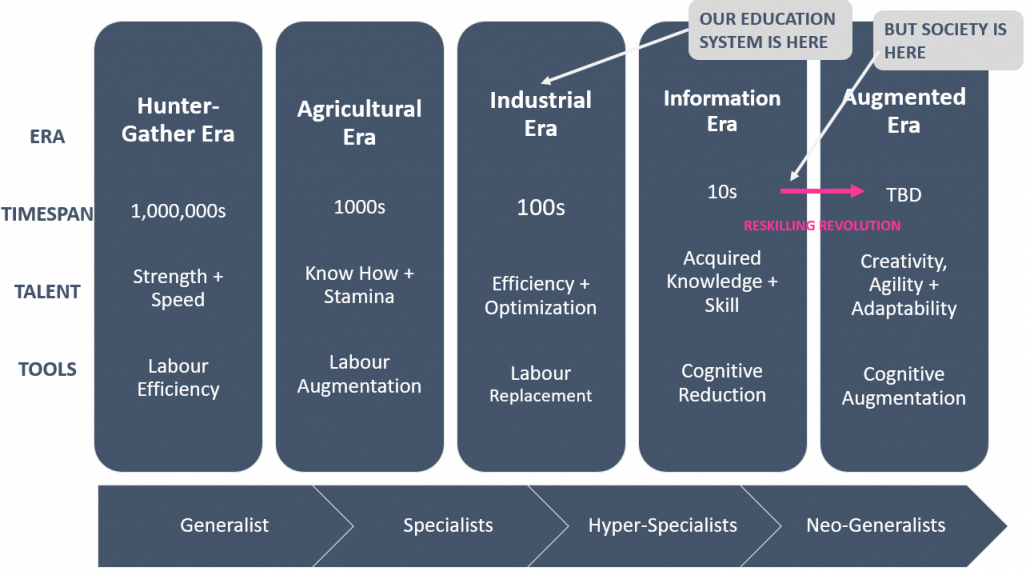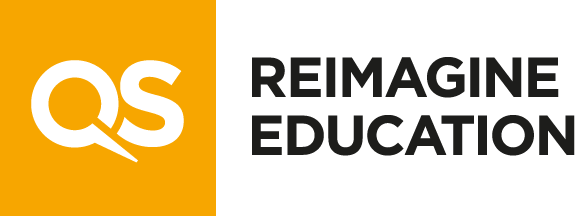MORE RELEVANT BOOKS. MORE ENGAGED READING.
EDITORIAL OVERVIEW – ISSUE 18
Hamoon Ekhtiari is the founder and CEO of Audacious Futures. Find him on Twitter at @HamoonPraxis.
Education is what empowers us to realise our full potential. So why have our current educational institutions failed to realise theirs?
If you were to resurrect any job from 100+ years ago and place it in today’s world, what would you expect? To a store clerk, news reporter, banker, lawyer, doctor of the time most of today’s world would be quite foreign. Electricity, increased mobility, internet connectivity, and now the integration of artificial intelligence has transformed almost every sector of the economy since the early 20th century. Almost.


Our education system is rooted in an industrial paradigm
So, why is it, that if you were to resurrect a teacher or professor from 100+ years ago and put them in today’s’ classroom, they would feel right at home? The biggest technological changes in education design have happened only in linear steps – a one room schoolhouse is now split between multiple grades and slates have been replaced with pencil and paper. Sure, we’ve expanded access to education for girls and under-represented groups, but there’s much more work to be done. And yes, we’re investing more in digital skills like coding, but what other skills might our future need? Co-op programs and internship opportunities are now a feature in most universities, but how might we truly reimagine market coordination between learner and employer?
At Audacious Futures, we believe that these small steps are demonstrative of a larger system that is failing. Education has evolved into a pressurized pyramid where every stage only sees the demands of the next level. By design, the result is niche solutions that don’t meet the needs of today’s reality and miss the bigger picture. In a world where continuous reskilling and lifelong learning will become the new norm, we won’t learn to work–we will work to learn. And we need transformative learning experiences that support this goal.
There is an urgent need to alter our current education paradigm
There is a global trend towards a “Reskilling Revolution,” but educational providers are still under an illusion that the system is working – over 70% of education providers say students are ready for employment, while less than 50% of students and employers think the same. 40% of employers report the opposite–they have a hard time trying to fill entry-level positions largely due to lack of preparation.
This trend is bound to continue–as many as 65% of children entering primary school today will work in jobs that don’t exist. And this doesn’t just impact today’s youth. As much as 50% of the time spent on activities in today’s workforce across ages and occupations are currently subject to automation with today’s technology.
But this doesn’t mean that large scale unemployment is inevitable. Recent research from the World Economic Forum shows that 96% of job transitions in developed countries about to occur in the medium term (by 2026) have both viable and desirable pathways. But, a larger majority of these, 70%, will need to reskill for jobs outside of their original job families. Our current education systems don’t support this and will need other models that engage multiple stakeholders in accommodating a reskilling shift.

Audacious U: A Model for the Future
Our work at Audacious Futures is all around building a launchpad for bold innovations. Our research around higher education highlights three fundamental gaps that need to be addressed: the Access Gap, the Quality Gap, and the Readiness Gap. For access, we’re asking who gets access to learning experiences? And what type?” For quality, we’re re-thinking the relevance and effectiveness of those learning experiences. Are they still needed to solve today’s grand challenges? For readiness, we’re re-examining how capable candidates really are to land career opportunities. And how can we better coordinate the supply of ready candidates with employers ready to take them in?
We are starting test innovations around those questions through Audacious U, a debt-free, degree-free, lecture-free, AI-powered sandbox focused on addressing three critical components: assessment, learning, and placement.
Drawing on leading models and practices from around the world, we’re building Audacious U to incorporate five leading design principles that will guide its MVP:
- Learner-Centered: embedding personalized, experiential, real-world learning
- Technology-Powered: powered by emerging technologies, particularly AI, blockchain, and VR
- Future-Focused: focused on skills and jobs of the future
- Accessible: removing barriers to access for groups less represented
- Employer-Connected: including employers as partners from the start
Some of the innovations we are embedding into the model include no upfront tuition, leveraging income-sharing agreements without any obligation to accept or stay in a job, emphasizing character over credentials and grit over grades for our admissions process, using a holistic pedagogical approach that focuses on Head | Heart | Hands, leveraging a challenge-based learning model that constantly requires candidates to solve real problems for real people, and partnering with employers who provide interview guarantees for the candidates.
Audacious U is a human-centric, technology-powered model of higher education that aims to deliver a 10x improvement on the current system, aiming for 2.5x improvement in benefits at 50% of the cost in 50% of the time to all stakeholders – candidates, employers, and governments.
Building the Future of Higher Education Together
In a world of tech-only start-ups promising focused on nothing but growing their solution and promising to solve all of our problems overnight, we believe that no single venture will change all of higher education and that education is best solved through a human-centred, tech-powered approach – not through a pure-tech solution.
To that end, we are adopting a systems change approach and partnering with governments, employers, and existing higher education institutions. We invite you to join the journey by sharing your answers to this question: what does your Audacious vision for the future of higher education look like?

